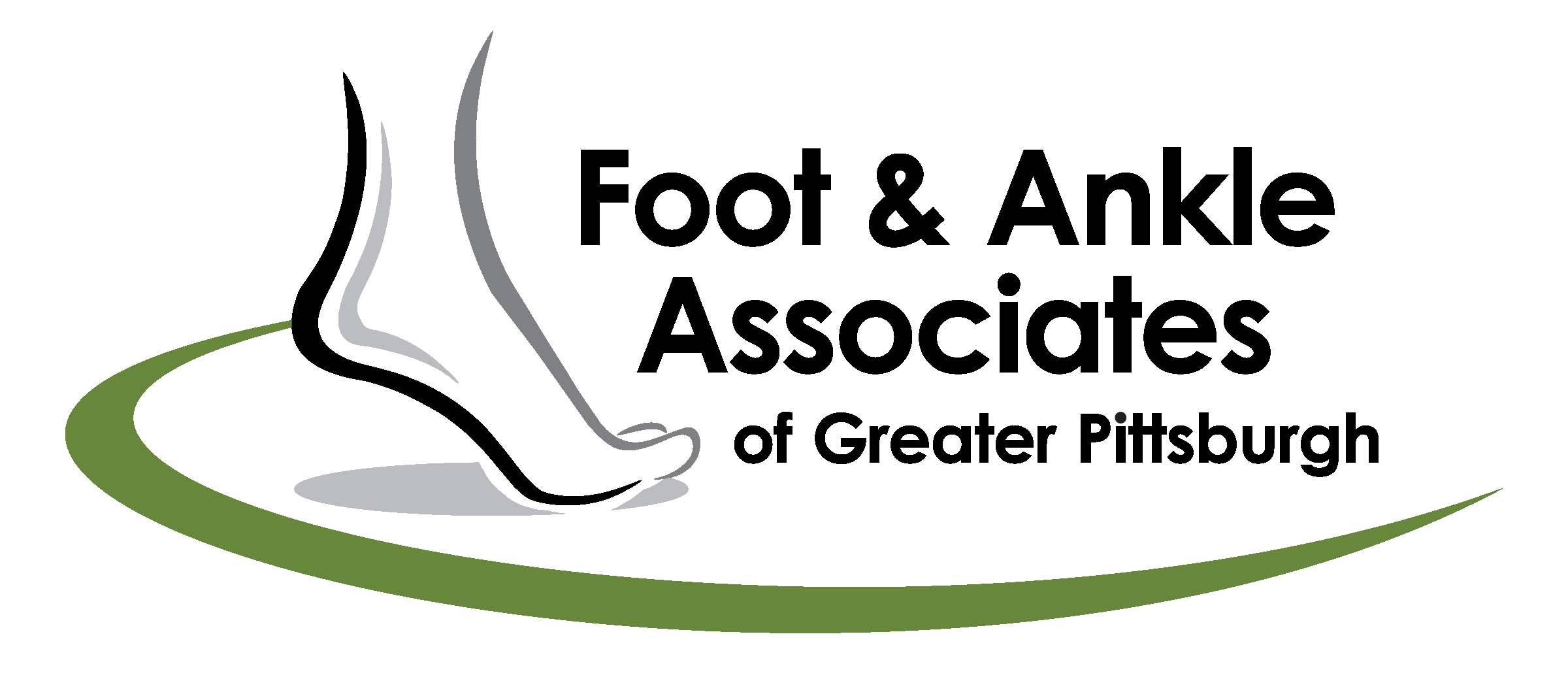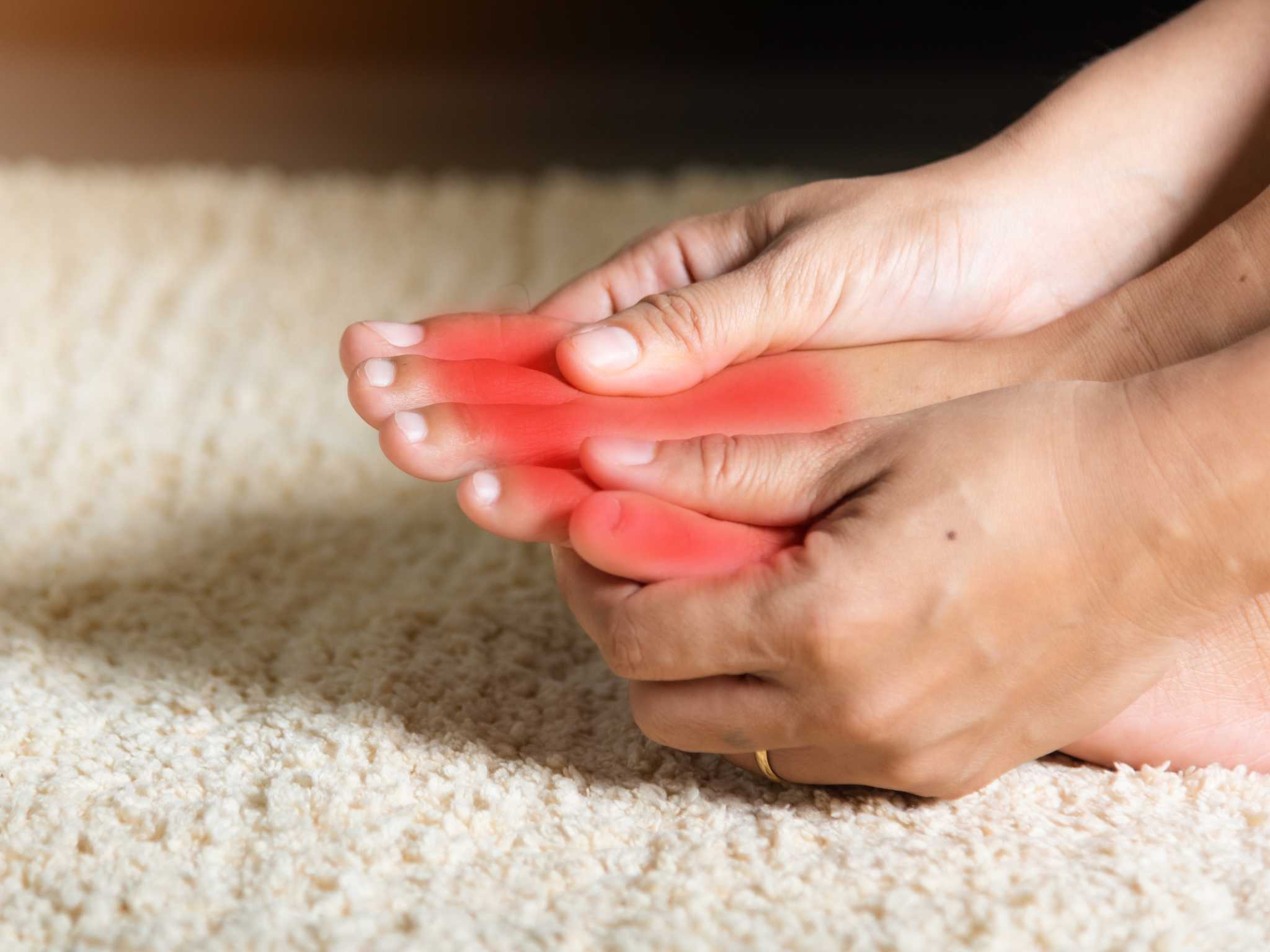A Complete Guide to Hammertoes
Hammertoes are a prevalent foot deformity that can cause discomfort and affect your daily activities. In this in-depth guide, we will delve into what hammertoes are, their symptoms, causes, and various treatment options available to alleviate the condition.
Understanding Hammertoes
A hammertoe is a deformity that typically affects the second, third, or fourth toe. This condition is characterized by the toe bending at the middle joint, resembling the shape of a hammer. While often a result of an imbalance in tendons, hammertoes can also be influenced by genetic factors, arthritis, and even the type of footwear you choose.
Symptoms of Hammertoes
Recognizing the symptoms of hammertoes is crucial for early intervention. The condition manifests in various ways, and understanding these signs can help you seek timely treatment. Common symptoms include:
- Corns and Calluses: The development of corns and calluses on top of the middle joint of the affected toe or at the tip of the toe is a classic sign of hammertoes.
- Pain in Toes or Feet: Hammertoes can cause pain, especially when wearing shoes or putting pressure on the affected toes.
- Difficulty Finding Comfortable Shoes: Due to the altered shape of the toe, finding suitable and comfortable footwear may become challenging, leading to further discomfort.
- Redness at the Point of Contraction: Inflammation and redness may occur at the point where the toe is bent, indicating irritation and strain.
- Dislocation: In severe cases, hammertoes can lead to the dislocation of the affected toe, further complicating the condition.
- Decreased Function: The flexibility and movement of the toe may be reduced, leading to decreased functionality and potential difficulty in activities such as walking or running.
- Large Callus Along the Bottom of Your Foot: A thick callus may develop along the bottom of the foot, adding to the overall discomfort associated with hammertoes.
Causes of Hammertoes
Understanding the causes of hammertoes is essential for both prevention and effective treatment. The primary culprit is an imbalance in the two main tendons responsible for extending the toe upwards and flexing it downwards. Contributing factors include:
- Genetics: Some individuals may be genetically predisposed to developing hammertoes, with a family history of the condition.
- Footwear Choices: Wearing tight, narrow, or high-heeled shoes can increase the risk of hammertoes. The constant pressure on the toes can contribute to the development of the deformity.
- Toe Length Discrepancy: Having a second toe longer than the big toe may elevate the risk of hammertoes, as it can lead to increased pressure on the second toe.
- Arthritis: Conditions like arthritis can contribute to the development of hammertoes, affecting the joints and tendons in the toes.
Treatment Options for Hammertoes
Managing hammertoes involves a combination of lifestyle changes, self-care, and, in some cases, medical intervention. Here is a more detailed exploration of various treatment options:
- Roomy Shoes with Wide Toe Boxes: Opt for shoes with ample room in the toe box to prevent unnecessary pressure on the toes. Look for footwear that provides sufficient space for the toes to move comfortably.
- Shoes One-Half Inch Longer Than Your Longest Toe: Ensuring your shoes are slightly longer than your longest toe can alleviate discomfort. This prevents the toes from being cramped, reducing the risk of further deformity.
- Avoid Tight, Narrow, High-Heeled Shoes: Steer clear of footwear that squeezes the toes or places excessive strain on the foot. Choose shoes with a low heel and a wide toe box to provide proper support and reduce pressure.
- Toe Exercises: Engage in specific exercises designed to stretch and strengthen the tendons in the toes. These exercises can help improve flexibility and prevent the worsening of hammertoes.
- Non-Medicated Corn Pads: These pads can provide relief by reducing friction and pressure on corns and calluses. Applying these pads can alleviate discomfort and prevent further skin irritation.
- Surgery: In cases where conservative measures fail to provide relief, or the hammertoe is severe, surgical intervention may be necessary. Surgery aims to correct the deformity and restore proper alignment of the affected toe.
Contact Us Today for Expert Guidance
If you are experiencing symptoms of hammertoes or require professional guidance, don’t hesitate to reach out to our expert team. We understand the nuances of foot health and can provide personalized advice, diagnosis, and treatment options tailored to your specific needs.
Hammertoes can significantly impact your foot health and overall well-being. Understanding the symptoms, causes, and treatment options is crucial for effectively managing this condition. By adopting preventive measures, making informed lifestyle choices, and seeking timely intervention, you can maintain healthy and comfortable feet for years to come. If you have any concerns or questions, contact us today for expert assistance and support.
Contact Us
Office
336 College Avenue, Suite 106, Beaver,
PA , 15009
Monday to Friday : 8am – 4:30pm
Saturday : Closed
Sunday : Closed

